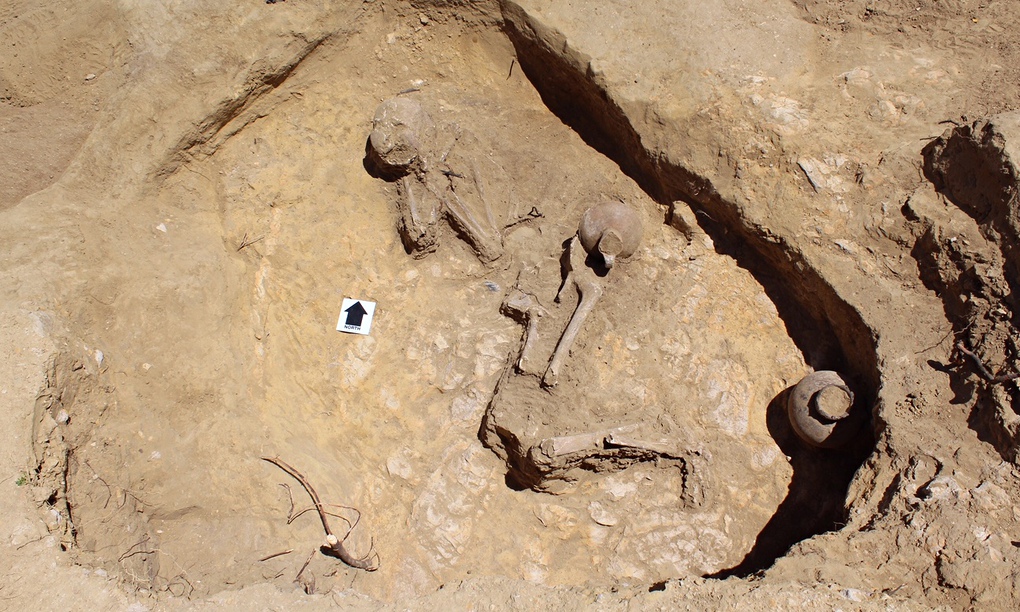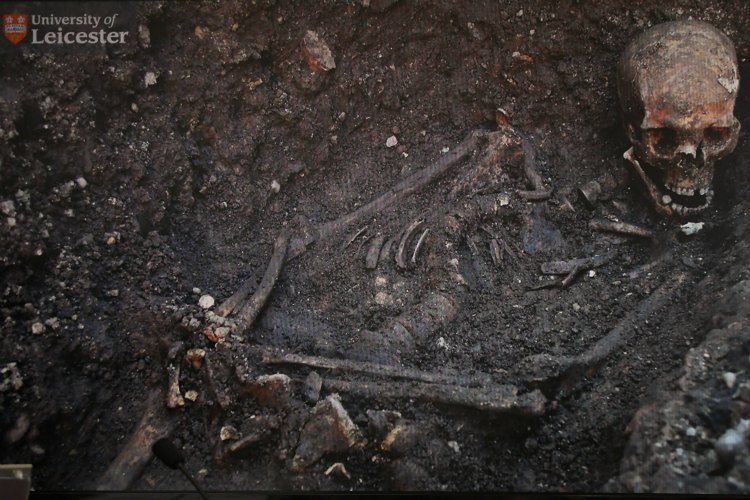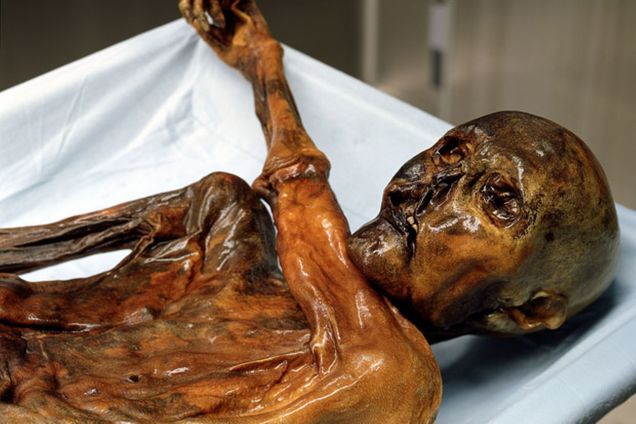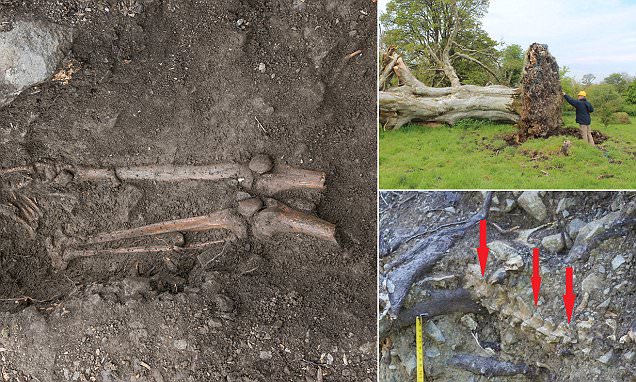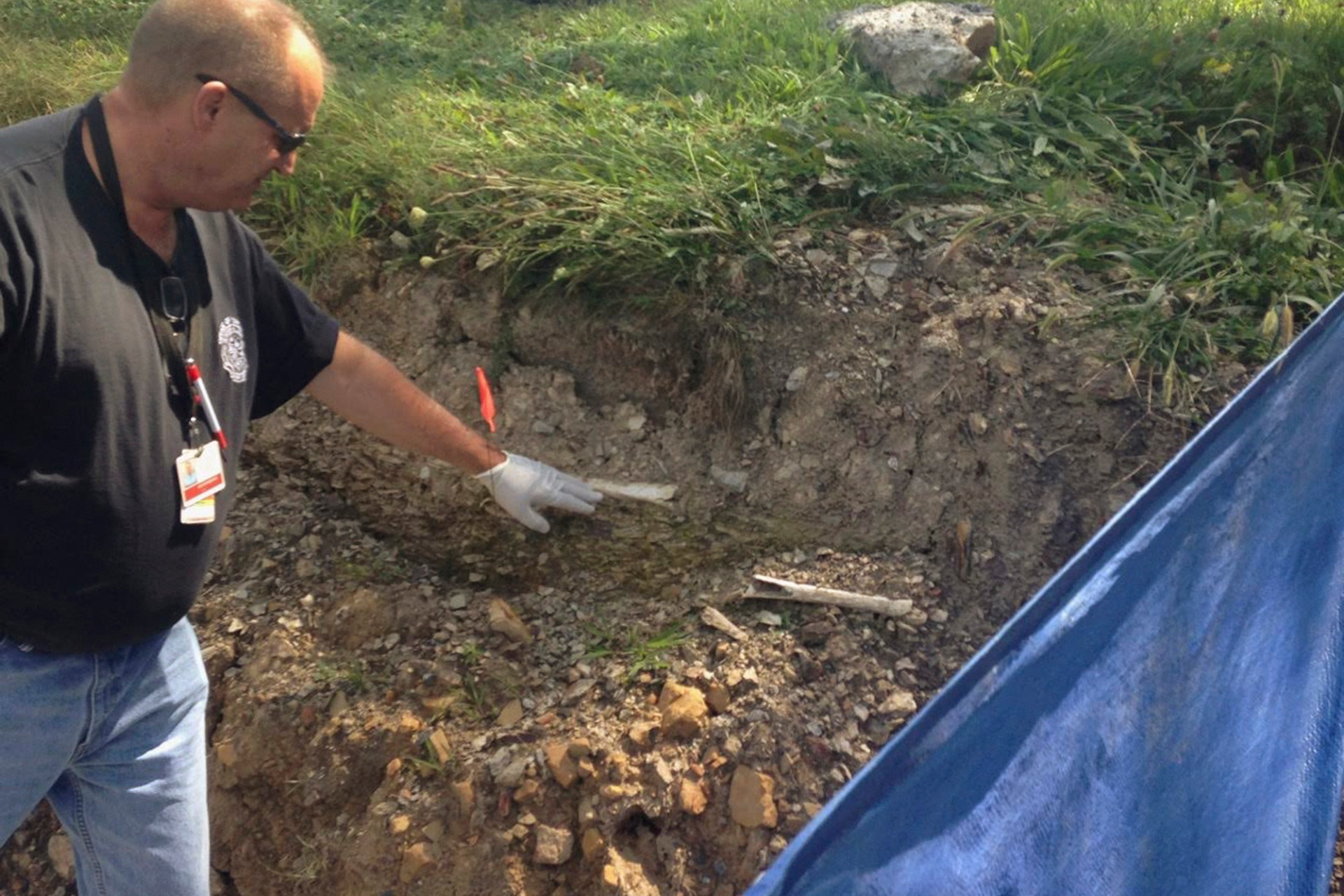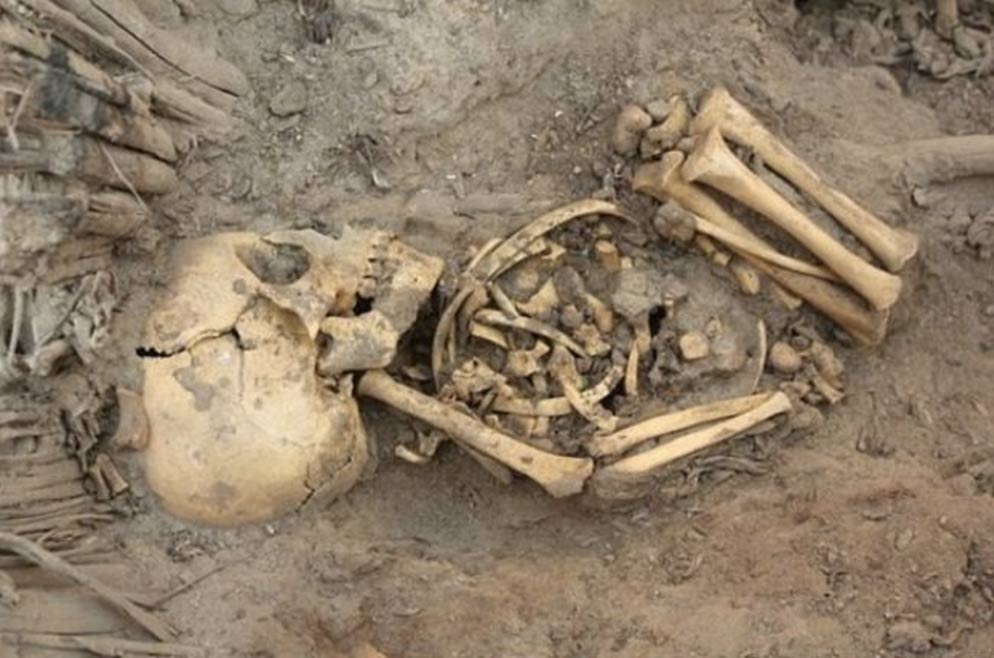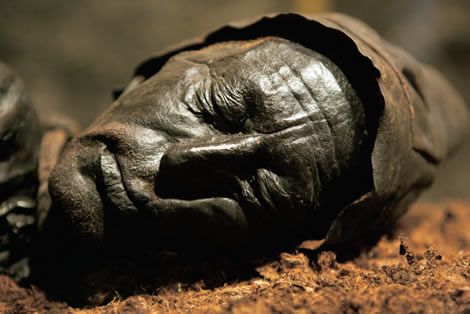Você já imaginou se pudesse não sentir fome, dor ou cansaço? Você deve estar pensando que isso só seria possível se você fosse um super-herói ou qualquer personagem fruto da ficção. No entanto, o caso de uma garotinha britânica, de 7 anos, está intrigando os cientistas justamente por apresentar todas essas características.
Olivia Farnsworth, da cidade de Huddersfield, está sendo chamada de garota biônica. Ela não possui sensações básicas do corpo humano como dor, fome e cansaço. Dentro da sua condição, a menina come apenas porque é condicionada a isso, consegue passar 3 dias seguidos sem dormir e quase nunca chora.
 A pequena Olivia Farnsworth, de 7 anos, que está sendo chamada de "garota biônica"
A pequena Olivia Farnsworth, de 7 anos, que está sendo chamada de "garota biônica"
O distúrbio da pequena Olivia é conhecido como “exclusão do cromossomo 6”. Esse quadro por si só já é raro, mas, segundo os pesquisadores, os casos registrados até hoje apresentavam apenas um dos sintomas. Portanto, acredita-se que a menina apresenta uma condição única no mundo, pois reúne todas as características provocadas pela anomalia.
A descoberta
No dia em que a condição de Olivia foi descoberta, a família passou por um drama. Junto com a mãe, Niki Trepak, 32 anos, e os quatro irmãos, Olivia estava passeando, quando foi atropelada e arrastada por um carro ao longo de vários metros. “Foi horrível. Eu acho que é algo que eu nunca vou superar. Eu e meus filhos gritamos e choramos muito ao ver o momento em que ela foi levada”, contou Niki ao site Mail Online.
 Olivia no hospital após o acidente
Olivia no hospital após o acidente
Apesar da cena assustadora, a menina se levantou com uma marca de roda no peito e começou a andar em direção à família. Ela tinha apenas escorões no quadril e no dedão e não esboçou qualquer reação. Após avaliarem o quadro, os médicos concluíram que o que a salvou de ferimentos maiores foi justamente o fato de ela se manter tranquila durante o ocorrido. Os clínicos descobriram então que a menina possuía a rara condição genética da exclusão do cromossomo 6.
Segundo a mãe, desde que a criança era recém-nascida, já era possível observar diferenças em seu comportamento. Niki contou que Olivia nunca chorou quando era um bebê e parou de dormir durante o dia quando ainda tinha 9 meses de idade. Outra consequência do distúrbio foi a demora no crescimento do cabelo da menina, que só foi acontecer de maneira apropriada quando ela tinha 4 anos.
 Olivia precisa ser condicionada para comer, pois não sente fome
Olivia precisa ser condicionada para comer, pois não sente fome
Apesar de parecer uma vantagem para Olivia o fato de não sofrer com determinadas reações naturais do corpo humano, sua condição requer atenção e causa bastante preocupação na mãe.
Os riscos e outros sintomas do quadro de Olivia
Niki conta que a filha não tem “senso de perigo”, razão que influenciou que o acidente em que foi atropelada acontecesse. Portanto, ela precisa ser acompanhada de maneira adequada para evitar novas situações de risco.
 A menina mordeu os lábios e não esboçou reação, mas precisou até de cirurgia plástica para reparo
A menina mordeu os lábios e não esboçou reação, mas precisou até de cirurgia plástica para reparo
Certa vez, a pequena garota mordeu os próprios lábios e não se manifestou, porém ela precisou passar por uma cirurgia plástica para reparar o dano. Além disso, como não sente fome e cansaço, a menina biônica é condicionada a comer e toma remédios para poder dormir.
Na maior parte do tempo, Olivia demonstra ser uma criança feliz, mas sofre de ataques repentinos de fúria em função de seu quadro genético. Algumas dessas reações são bem violentas e causam estranheza quando ocorrem em público. “Aconteceu em um parque há algumas semanas. Ela me deu alguns socos e chutes, e as pessoas ficaram se perguntando o que estava acontecendo. Ninguém sabe o que há de errado com ela, então, quando ocorre algo assim, o momento é constrangedor”, explicou a mãe.
 Olivia, ao centro, com a mãe Nikki e os quatro irmãos
Olivia, ao centro, com a mãe Nikki e os quatro irmãos
Sabendo da necessidade de acompanhamento especial, Nikki e os irmãos da garota participam de um grupo de apoio para distúrbios cromossômicos. A ideia é poder entender a situação da menina, saber como lidar e também poder espalhar informações sobre essa rara condição genética.
